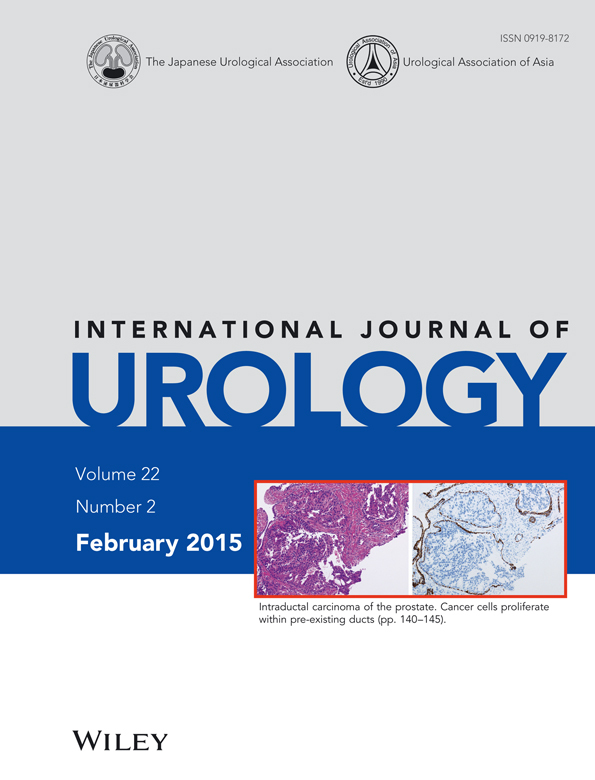Editorial Comment to Transperineal template-guided mapping biopsy of the prostate
The authors have well summarized the current status of transperineal template-guided mapping biopsy (TTMB).1 TTMB is more accurate and has greater diagnostic power to detect cancer than transrectal ultrasound-guided biopsy (TRUS-B), and TTMB compensates for the weak points of TRUS-B. However, several issues about TTMB remain and require discussion.
First, as the authors showed in Table 1, TTMB requires three to four times more biopsy cores under regional/general anesthesia. Furthermore, TTMB requires a longer procedure time and costs more than TRUS-B. The indications for TTMB should be based on the balance between diagnostic accuracy and these disadvantages. TTMB is now typically used for patients with a previous negative biopsy and risk factors, and additional evidence is required to confirm the indications for TTMB.
Second, magnetic resonance imaging (MRI) associated with TTMB might change its indications or roles. One of the most significant advantages of TTMB might be the detection of anterior tumors likely to be missed by TRUS-B.2 MRI is also useful for detecting anterior cancers, and TTMB based on MRI findings or MRI-fusion TTMB would more effectively detect cancer than TTMB alone.3
Third, one must consider whether the use of TTMB increases the detection of insignificant cancer. If the use of TTMB increases the detection of insignificant cancer, then it should be considered as overexamination that results in no benefits with measurable complications and costs. The authors reported in Table 2 that detection rates of insignificant cancer varied from 11.4% to 25% in previous reports of TTMB. These relatively low rates of insignificant cancer detection would ensure the quality of TTMB.
Fourth, biopsy-related complications should be discussed when considering TTMB. It is generally considered that TTMB is associated with fewer infectious complications than TRUS-B. However, as the authors noted, the systematic review by Shen et al. reported that the rate of infectious complications was similar for TRUS-B and transperineal biopsy.4 When considering the higher prevalence of urinary retention or the risk of anesthesia with TTMB compared with TRUS-B, TTMB might not be beneficial in terms of biopsy-related complications.
Despite these aforementioned issues, TTMB is gaining attention associated with advances in newer techniques, such as MRI-fusion biopsy,5 or for focal therapy.6 A newer image-guided biopsy technique would address the problems related to TTMB and improve the efficiency of detecting significant cancer.
Conflict of interest
None declared.




